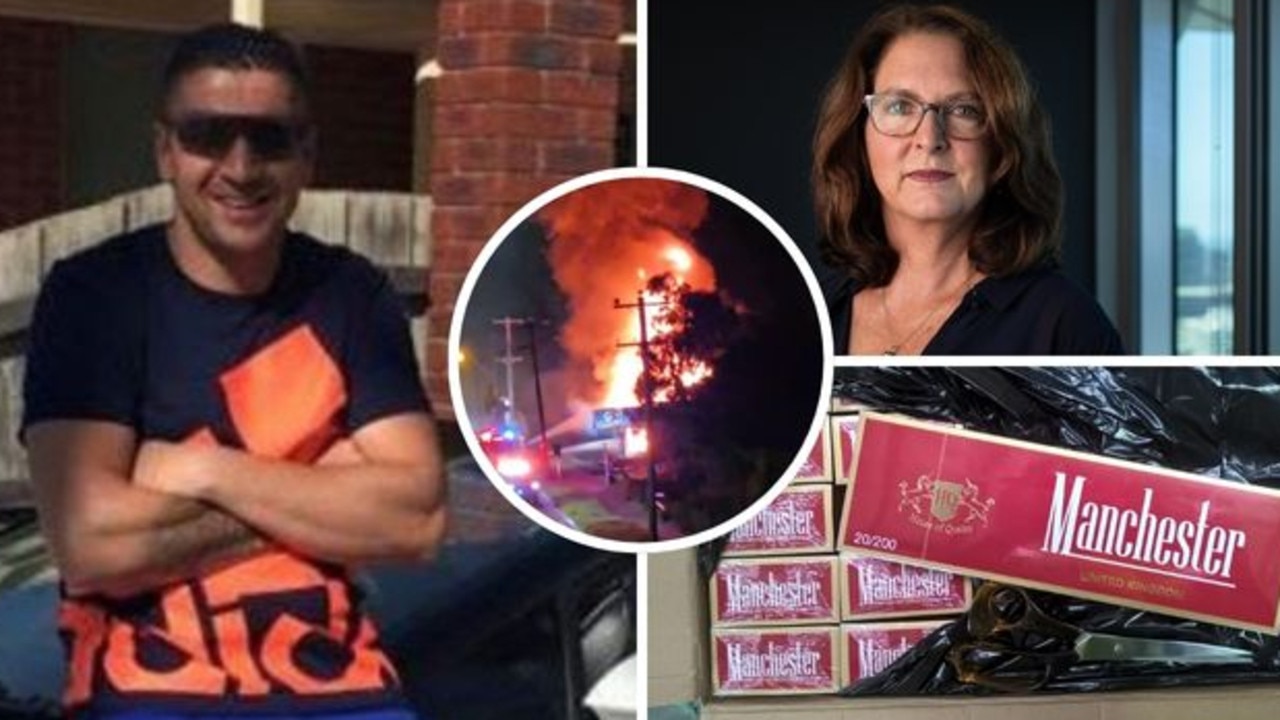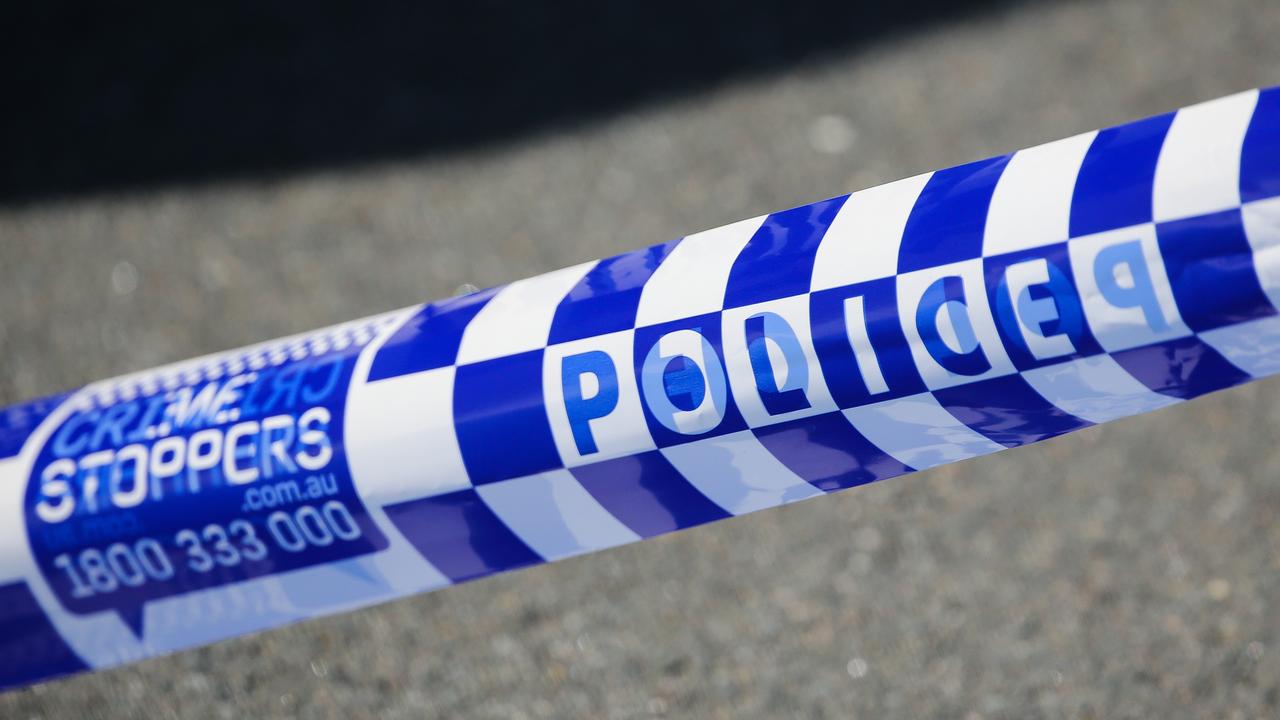How victimology can help police catch a killer
WHEN police hit a dead end with a nasty case and the leads have run dry, there’s one more tactic they can pursue.
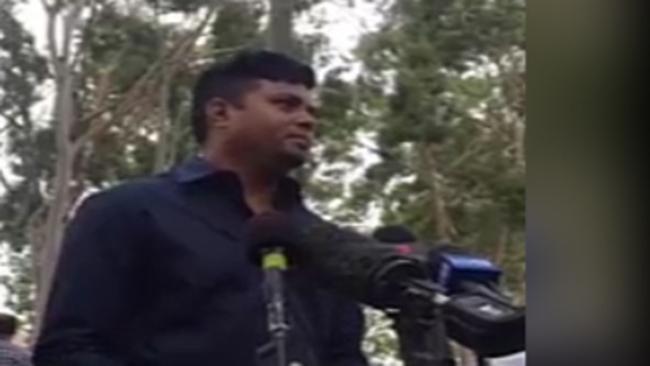
National
Don't miss out on the headlines from National. Followed categories will be added to My News.
THE image of Prabha Arun Kumar walking alone, phone to her ear as she chats to her husband is haunting.
Because in the seconds that followed this moment being captured, the scene changed from a lonely stroll home to one of brutal murder. As her husband listened in horror, thousands of kilometres away in India, Mrs Kumar, 41, was stabbed in the throat by an unknown assailant.
A year on from then, homicide detectives have yet to make an arrest, and their lines of inquiry to find the killer have reached a dead end.
When police are left baffled about how to solve a crime, they turn their attention to the victim themselves — because a victim’s life is full of secrets that could reveal who killed them. And why.
Detectives have looked at several possible scenarios that may explain Mrs Kumar’s unsolved murder.
One of those lines of inquiry is that someone deliberately targeted the mother-of-one. And that the murder plot originated in her homeland of India.
This month, Detective Sergeant Ritchie Sim told Fairfax that police were considering this possibility, as well as the fact the killer could have already left Australia.
Her relatives have been questioned several times as police delve into her victimology and try to see if there is some conflict or aspect of her life that could be the clue they need to crack the case.
WHAT IS VICTIMOLOGY?
“It’s perhaps old fashioned but the fundamentals of any investigation is to leave no stone unturned. Knock on all the doors you can. If you knock on all the doors you can you’ll get your answer.”
Former Detective Senior Sergeant Chris O’Connor spent 36 years in the police force and helped put countless people behind bars.
And victimology played a huge role in many of them, because often investigators had to delve into every facet of a victim’s life.
“That’s the very essence of victimology. What is it about this person that put them in that position as a victim,” he said.
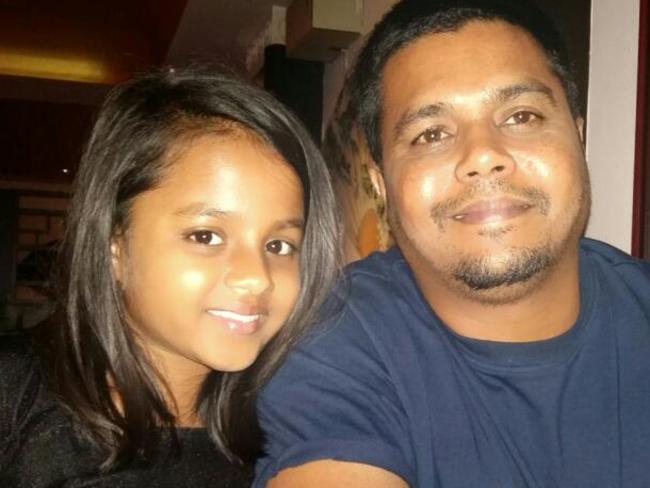
For some it was obvious, like the circumstances. Someone walking through a dimly-lit park, for example, could be more opportunistic.
But it also could provide the perfect cover for something more planned. And it was the detective’s job to look for anything, as they are doing with Mrs Kumar, to prove otherwise.
“The quality of questions is important. Unless you have someone skilful enough to extract all this information, sadly you only get part of the story.
“That’s what led to murderers going free.
“With victimology you do profile the victim but it goes deeper than just their demographic, their usuals, like their employment their family and friends. Depending on the crime it goes much deeper.”
Their conflicts or secrets are laid bare as police pore of every detail and scrutinise each relationship a person has.
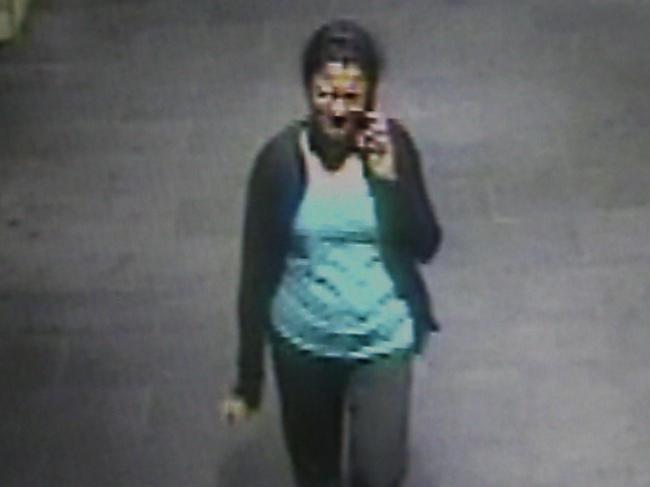
It was not uncommon for a victim to have no idea who their assailant was because they had not knowingly meet them. Or even know how they’d wronged them.
“But they have met them — they could have been in the same room but just not physically.”
That is why in the aftermath of crime police went to great lengths to explain that all information, however trivial, could be important.
In Mrs Kumar’s case her husband has rubbished reports the killing could have been a plot from India.
“ ... she had no enemies with friends or family in India, which is why it is very hard to imagine.
All me and my family want is that justice [is] to be served right,” he said to Fairfax.
But Mr O’Connor said he simply may not have been aware.
It was the motive for murder that was crucial, in many ways more important as having a suspect.
“Rarely do you come across a silver bullet. Most investigations, unless they are domestic, require various bits of evidence and inquiry. So not only do you have to have the offender but the motivation as well.”
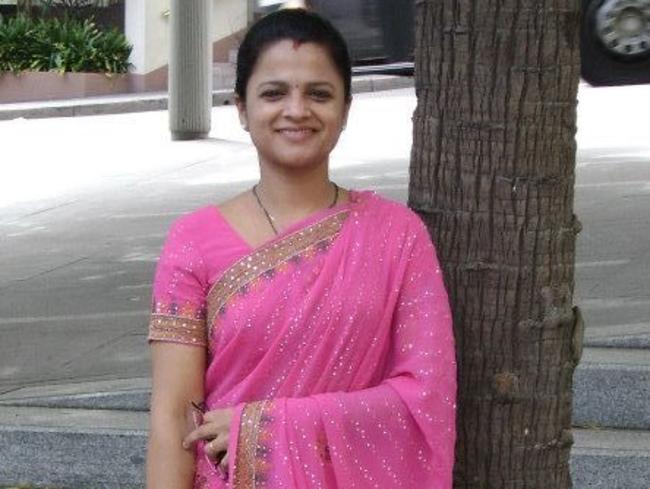
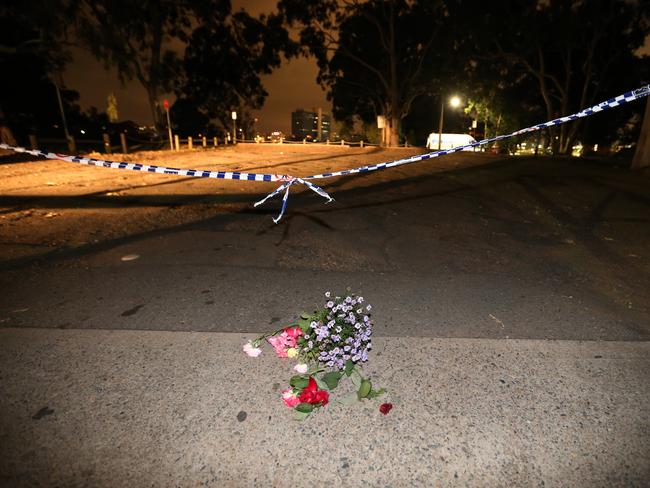
It was this reason police were leaving nothing to chance with the Kumar inquiry.
“It may be [a random killing] on the face of it but then again until you are satisfied there’s nowhere else to go you have to [continue] the investigation and let the evidence speak.”
Dr Samara McPhedran, senior research fellow at Queensland’s Griffith University, told news.com.au looking deeply at a victim and offenders life could be beneficial.
For example, when looking at intimate partner homicides there could be an opportunity to see if there could have been an intervention earlier that could have saved the person or changed the outcome in some way.
It was absolutely not about victim blaming, Dr McPhedran said.
Instead it was a chance to see if anything could be learned about a victim — and that equally applied to the offender themselves.
Some times there were obvious areas. But in others, there was no way to predict what was about to occur.
“Sometimes there are certain things that happen, at certain times, and in certain that just come together...”
NSW Police wouldn’t comment on their investigation beyond a previously-released statement.
“Detectives have worked hard to build a profile of Prabha to find out more about her life, speaking extensively to members of her family when they came to Sydney in November for a memorial service.”
They didn’t believe she knew her killer. But also, do not believe robbery or sexual assault were the motives.
So far police have spoken to more than 2000 people as they try to find the reason Mrs Kumar, who apparently had no enemies, was killed.
But so far no one it seems has provided the key to unlocking this murder mystery.
andrew.koubaridis@news.com.au
Originally published as How victimology can help police catch a killer


